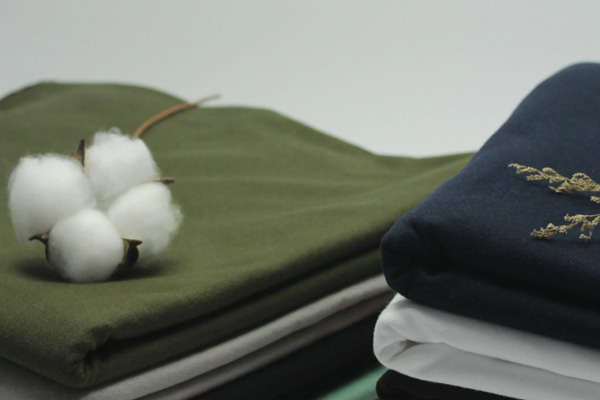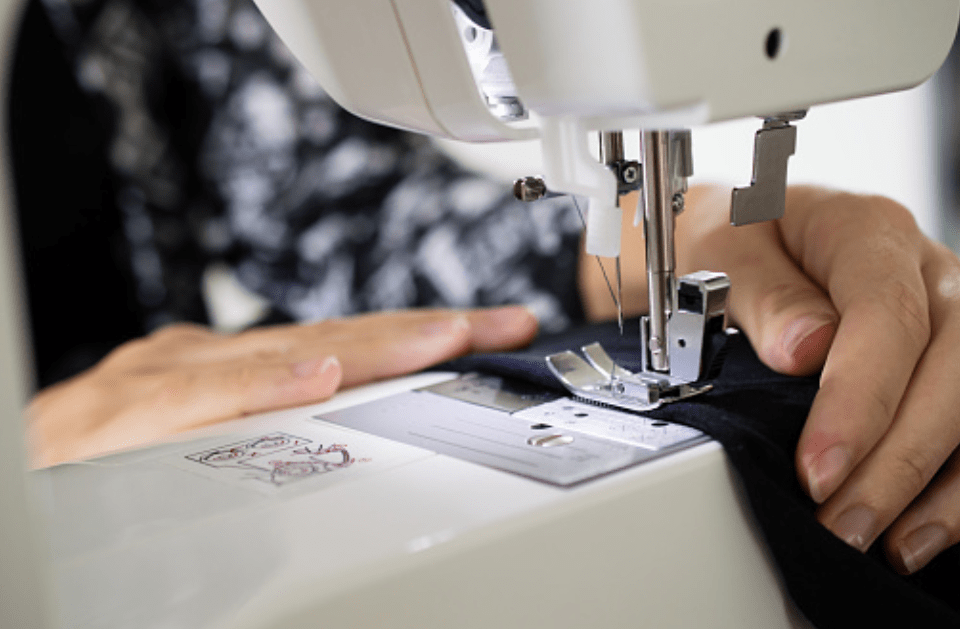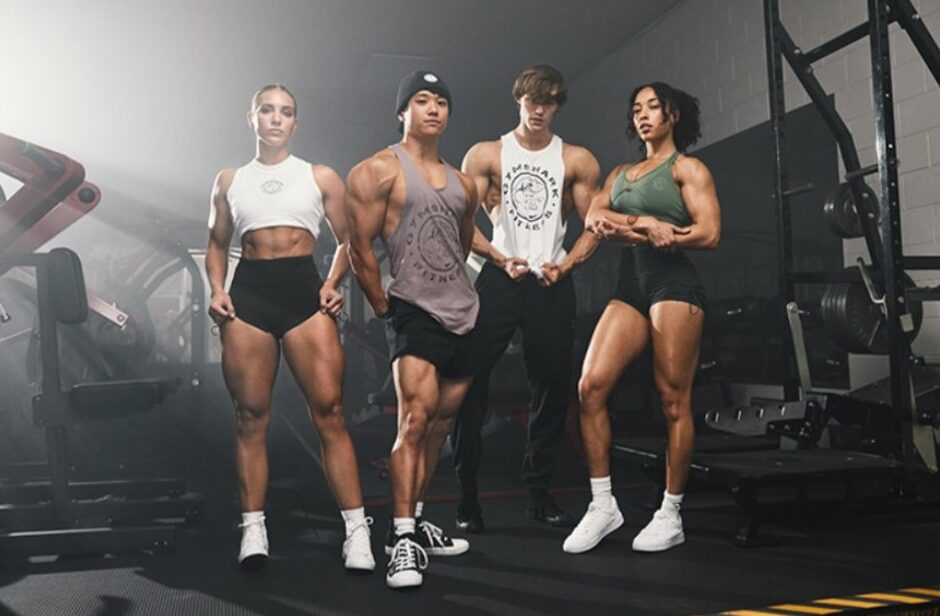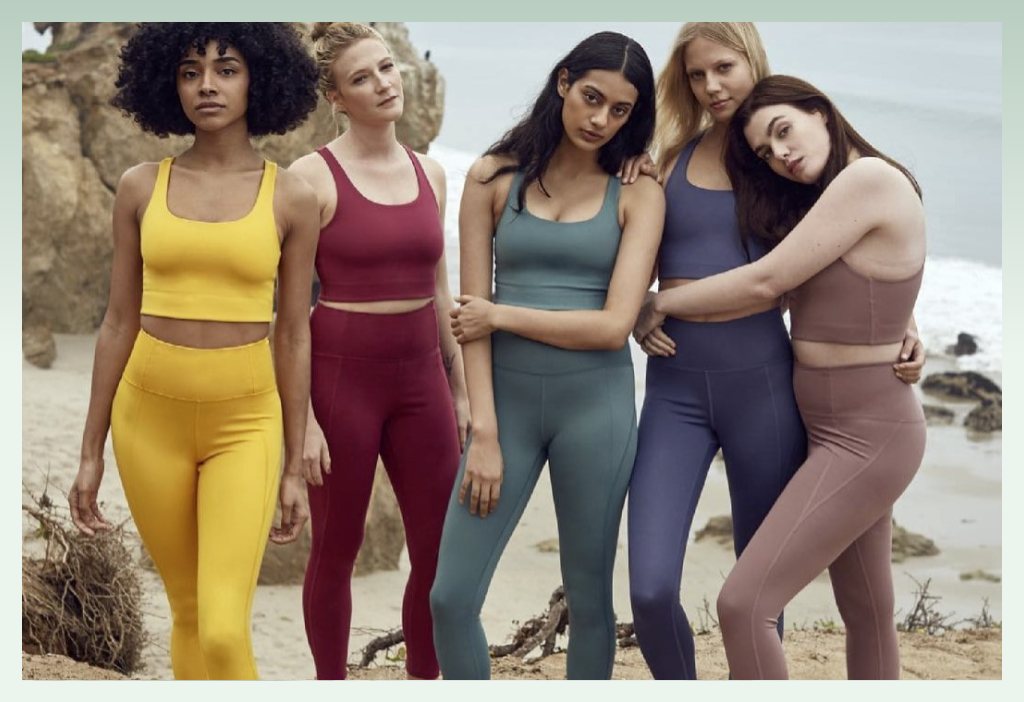The end of the year always feels like a reset button for brands. And if you’ve ever dreamed of creating your own pajama line, 2026 might just be your year. From eco-fabrics to slow fashion storytelling, this is the perfect time to carve your space in a growing sleepwear market that values comfort, care, and conscious design.
To start a pajama business in 2026, begin early with clear planning. Identify your brand niche, choose sustainable materials like organic cotton or bamboo, and partner with reliable manufacturers who offer customization and low MOQs. Focus on storytelling, ethical sourcing, and seasonal timing to launch strategically and attract modern, conscious buyers.
Let’s walk through the steps together — from defining your pajama brand’s voice to choosing fabrics and finding the right partners to bring your 2026 vision to life.
1. Why Should You Start Early for Your 2026 Pajama Line?
Starting early isn’t just about organization — it’s about giving yourself space to create without chaos. When you plan your 2026 collection now, you give your brand time to explore fabrics, test prototypes, and secure production before factory schedules fill up.
Start your 2026 pajama development plan now. Early planning helps secure fabric availability, manage timelines, and avoid production bottlenecks. It also allows time for creativity, testing, and strategic marketing preparation before factories reach peak demand in early 2026.

The truth is, pajama brands that prepare months in advance always have an advantage. When I first worked with a small startup in 2023, they started development late—around February—and by the time their samples were approved, most manufacturers had already scheduled summer production. The result? Missed launch season, delayed shipments, and frustrated customers.
Planning ahead means your ideas get the breathing room they deserve.
Here’s what that looks like in real practice:
| Timeline Stage | Key Focus |
|---|---|
| October–November 2025 | Trend research, fabric sourcing, mood board creation |
| November–December 2025 | Sampling, feedback, and fabric confirmation |
| January–March 2026 | Bulk production begins |
| After March 2026 | Launch preparation, content creation |
Think of it like gardening: if you plant early, your designs have time to bloom.
So, grab your notebook, sketchbook, and a good cup of coffee—it’s time to plan ahead.
2. How Do You Identify Your Market Position and Target Customers?
Before you design a single pajama, get crystal clear on who you’re designing for. Your brand’s voice and visuals should speak directly to that person—the one you imagine wearing your designs after a long day.
Identify your target customers by defining your pajama brand’s style, audience, and pricing. Whether luxury silk, sustainable cotton, or cozy family sets, your positioning shapes every decision—from design to marketing—and helps your brand stand out in a crowded market.
When I talk with startup founders, I often ask: “Who’s your customer when the lights go out?”
Because pajamas aren’t just clothes—they’re comfort, identity, and emotion wrapped in fabric.
Let’s break it down:
- Luxury seekers: They want silk or Tencel, soft textures, and elegant packaging.
- Eco-conscious buyers: They value organic cotton, bamboo blends, and ethical production.
- Family buyers: They love matching sets, durability, and affordable prices.
- Minimalist millennials: They want neutral tones, genderless cuts, and sustainable stories.
Defining your niche early helps you choose your fabrics, price points, and messaging. It also saves you from trying to please everyone—and ending up resonating with no one.
Your goal is simple: when someone sees your pajamas, they should immediately think, “That’s so me.”
3. Which Fabrics Work Best for 2026 Pajama Collections?
Fabric is the heart of sleepwear—it’s what customers feel first and remember longest. And in 2026, comfort and sustainability are inseparable.
Choose sustainable fabrics for pajamas like organic cotton, bamboo, or hemp. These materials are breathable, soft, and eco-friendly, offering the comfort customers expect and the credibility brands need in the growing sustainable fashion market.

Here’s the thing: customers today are not just buying comfort—they’re buying conscience.
They want to know what’s touching their skin and where it came from.
Let’s look at a few standouts for 2026:
| Fabric Type | Benefits | Certifications |
|---|---|---|
| Organic Cotton | Soft, breathable, widely available | GOTS, OEKO-TEX |
| Bamboo | Naturally antibacterial, silky feel | OEKO-TEX |
| Hemp | Durable, moisture-wicking, eco-friendly | GOTS, BSCI |
| Tencel | Smooth, sustainable, and ideal for luxury styles | FSC, OEKO-TEX |
I remember testing bamboo fabric for a pajama line a few years ago—it was unbelievably soft but slightly heavier than expected. After adjustments, the brand decided on a bamboo-cotton blend, striking the perfect balance between luxury and practicality.
The lesson? Don’t pick a fabric just for trend’s sake. Test it. Touch it. Sleep in it. Your customers will notice the difference.
4. How Do You Find the Right Manufacturer for Pajamas?
Your manufacturer isn’t just a supplier—they’re your silent partner in success. Choosing the right one can make or break your brand’s first launch.
Find reliable pajama manufacturers who offer low MOQs, customization options, and consistent quality. Request samples, check certifications, and maintain open communication to ensure smooth production and on-time delivery.

A customer once told me that when he first started working with other suppliers.He made the mistake of chasing the lowest quote. Big mistake. The samples looked good in photos—but when the shipment arrived, the fabric was thinner, the stitching uneven. Cheap turned out expensive.
Now, I always suggest three golden steps:
- Ask for samples early. See, feel, and test before you commit.
- Discuss MOQs clearly. Many manufacturers (like ours at Taian Lianchuang Textile) now offer flexible minimum orders to support startups.
- Build relationships. Don’t treat your factory as just a vendor. Treat them like collaborators who share your vision.
Manufacturing is like a dance—it takes rhythm, trust, and good timing.
When that connection clicks, production feels effortless, and your pajamas come to life exactly as imagined.
5. How Should You Time Your Launch for 2026?
Even the best pajamas won’t sell if they hit the market too late.
Launching at the right moment can mean the difference between a sellout and silence.
Plan pajama launches around seasonal buying cycles—spring for lightweight sets and late summer for holiday collections. Pair product drops with storytelling around sustainability, comfort, or craftsmanship to connect emotionally with buyers.
Timing isn’t guesswork—it’s strategy.
Here’s how most brands plan:
| Season | Best Launch Window | Product Focus |
|---|---|---|
| Spring/Summer | February–April | Short-sleeve sets, lightweight fabrics |
| Fall/Winter | August–October | Warm flannels, Christmas-themed styles |
In my experience, storytelling matters as much as scheduling. For instance, one brand I worked with created a “Dream in Green” launch series—highlighting their bamboo pajamas and eco-packaging just before Earth Day. The campaign wasn’t huge, but it felt genuine. Sales spiked 40% in a week.
So, don’t just launch. Connect.
Let your pajamas tell a story your audience wants to be part of.
Conclusion
Starting a pajama brand in 2026 isn’t just a business move—it’s a creative journey. Begin early, find your voice, choose the right materials, and partner with people who believe in your vision.
Because at the end of the day, great pajamas don’t just sell comfort—they sell peace of mind.





